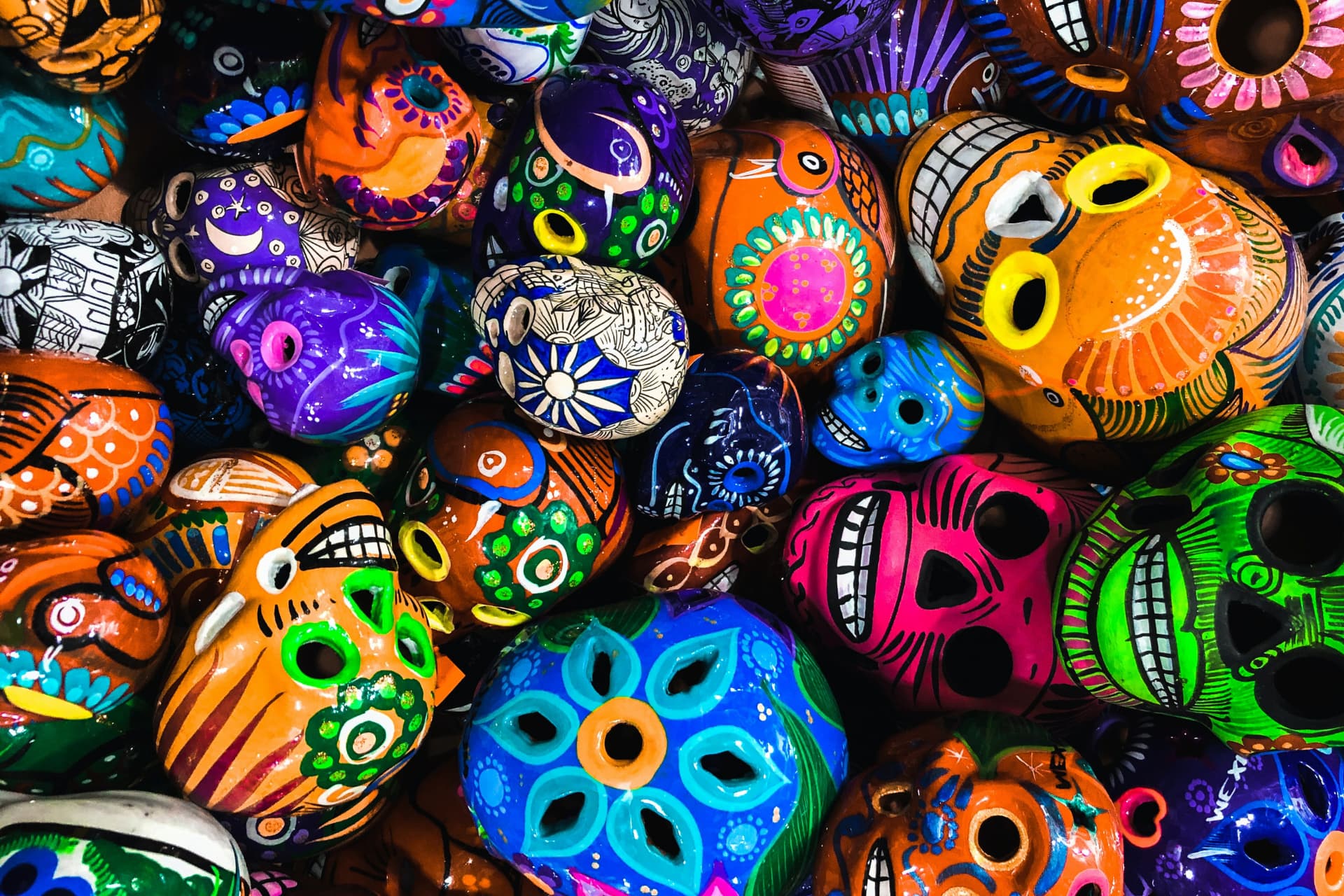Italy, the birthplace of the Roman Catholic Church, is also a country with a rich religious history. In fact, many of Italy’s holidays and traditions are based on Christian beliefs and observances. If you’re planning to visit Italy this year, here’s what you need to know about these special occasions so you can celebrate them properly!
Ferrenga
In Italy, the religious feast of Ferrenga is held in the Tuscan town of Arezzo on the first Sunday of May which commemorates the finish of winter and the coming of spring. Since the medieval times people have been praying for good weather during the planting season.
Ferrenga is also known as Madonna delle Grazie because it celebrates Mary’s mercy toward humankind through prayer and penitence. A statue representing Mary is paraded around town by local citizens who have been dancing beforehand in traditional costumes such as a tunic made out of fennel leaves or branches adorned with colored ribbons. You can join in on this fun tradition by watching the Ferrenga parade!
Poverello
Poverello (the Poor One), also known as St. Francis, was born in Assisi, Italy on October 6, 1182 and died on Saturday, October 3rd 1226 at Portiuncula. He is the patron saint of animals and ecology. He was a man of simple tastes who cared for the poor and sick. He believed that all living things had souls and should be treated with respect.
Palm Sunday
On Palm Sunday, Christians around the world celebrate the triumphal entry of Jesus into Jerusalem. In Italy, this day is marked by processions where people carry palm branches and sing hymns. After mass, they walk through the streets of their towns holding candles and singing songs. Some places also have parades with floats that depict biblical scenes or scenes from Italian history. These celebrations are accompanied by special foods like pizza bianca (white pizza) and focaccia di San Giuseppe (Joseph’s Focaccia).
Epiphany
It’s Christian feast that honors the arrival of 3 wise men or Magi to Jesus on January 6, but in Italy it’s honored on January 5. It’s also known as “Befana” (Babbo Natale’s wife) Day in Italy because Befana delivers gifts to those who were good during the year and leaves coal for those who weren’t good.
Epiphany represents a religious ceremony that marks an important biblical event: it commemorates what happened when Jesus was baptized by John the Baptist at least one year before he started his ministry. During this baptism, God spoke from heaven and called out His son saying “This is my beloved Son.”
Festa della Repubblica (Republic Day)
Festa della Repubblica (Republic Day) celebrates the creation of the Italian Republic. It is a national holiday and is celebrated on June 2nd every year. This celebration is in honor of the end of fascism and monarchy in Italy as well as commemorating World War II’s end, which also marked an end to both Fascism and Nazism. The date was chosen because it was when King Victor Emmanuel III disbanded parliament after Mussolini’s government fell from power during WWII.
In addition to these historical events, Festa della Repubblica also serves as an opportunity for Italians across the country to come together in unity despite their differences by celebrating peace and freedom with fireworks display over Rome’s Piazza del Popolo (People’s Square), music concerts at public squares all over Italy, parades involving local governments, military units, fire brigades, emergency services etc., exhibitions featuring various art forms such as paintings or sculptures from local artists/schools etc..
All Saints’ Day
On November 1st, Italians celebrate All Saints’ Day. This is the day that they honor all saints and pray for the souls of the dead by visiting their graves.
Key Takeaways
Italy is a Catholic country and its traditions reflect that. The Church plays an important role in the lives of Italians, who are deeply religious and respect the clergy as much as they do their local politicians. Many people go to church every week to attend services, pray privately or just walk around to admire the architecture.
There are many cultural and religious festivals held throughout Italy during different times of year, including Easter and Christmas celebrations. Each region has its own traditional foods for these holidays; for example, Venice offers special dishes such as bacalà (dried cod) on Christmas Eve while Rome serves torta di mandorle (almond cake). Most towns also have traditions for celebrating patron saints — for example, San Gennaro’s Festival in Naples involves throwing live carp into a fountain in order to ensure good luck during the fishing season in September/October.
Italy’s rich history also reflects its strong religious beliefs: one can find magnificent cathedrals throughout this country because they were built by wealthy merchants who wanted something bigger than themselves after death! Additionally there are many beautiful paintings depicting biblical stories that adorn churches everywhere from small villages all over Italy but especially those found inside famous art museums like Florence’s Duomo di Firenze (Cathedral).
Finally there exists another type of art that reflects Italian culture even more directly: music! Many composers such as Verdi wrote operas based on stories told through scripture; however his most famous work Don Carlos was first performed at La Scala Theatre which still stands today although rebuilt after being destroyed during WWII bombings between 1939-1945.
